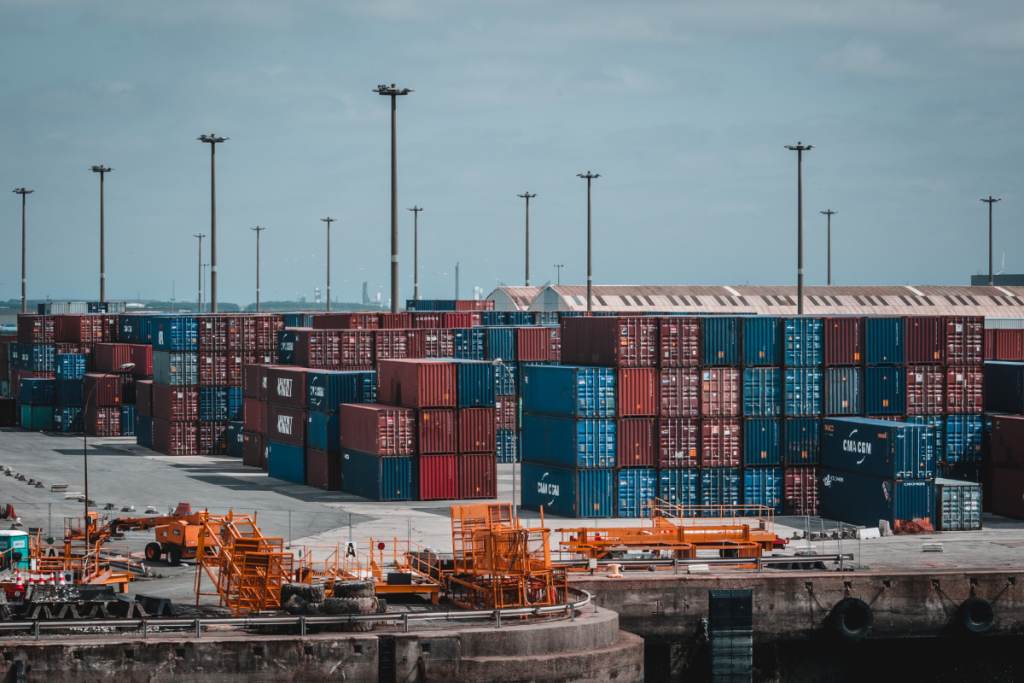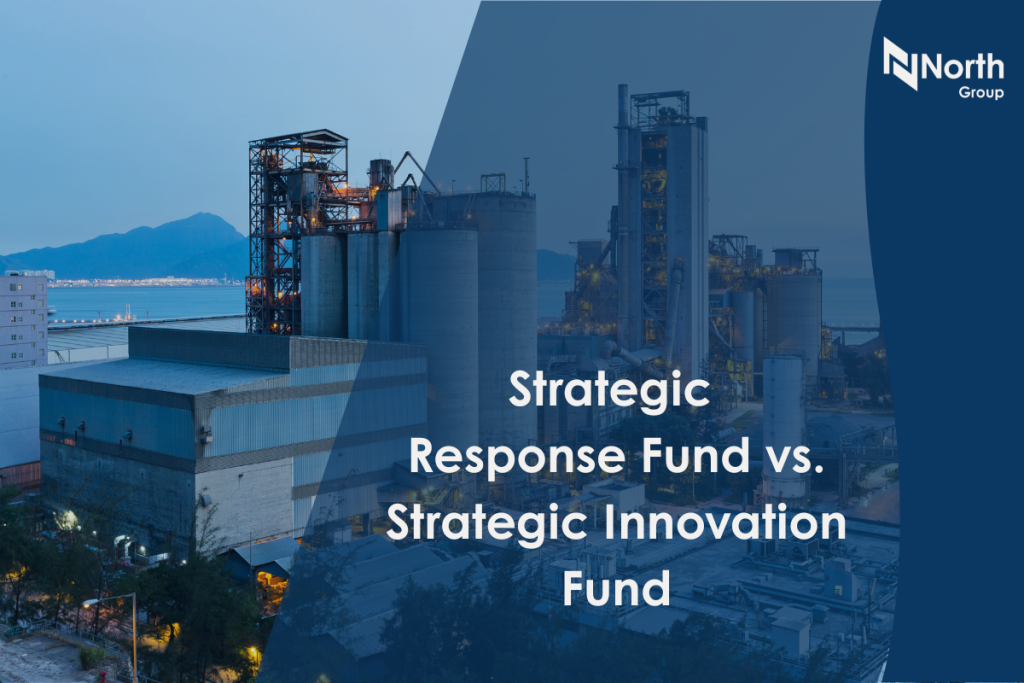On November 4, Prime Minister Mark Carney will table his inaugural federal budget, setting the stage for a transformative era in Canada’s economic and fiscal landscape. With a projected deficit between $70 billion and $100 billion for 2025/26, as estimated by economists, the government is expected to pursue a dual strategy of strategic investment and fiscal discipline to balance growth and fiscal responsibility.
This will be Carney’s first budget since the federal election. While the main federal budget is typically released in April, it was delayed this year due to the election. The government has confirmed this will serve as the main federal budget for the year, with an economic and fiscal update to follow in spring 2026. This shift is intended to provide the certainty and predictability businesses need to plan ahead.
Based on recent media reports, several measures have already been signaled or pre-announced, many of which are tailored toward supporting business growth, workforce development, and trade diversification. Below are some of the initiatives and trends to watch.
Prioritizing Canadian Workers and Infrastructure
According to the October 27 press release, Budget 2025 will deliver “generational, transformational investments to grow our economy, empower workers, create high-paying careers, and protect and support those most affected by trade disruptions.” For businesses, this translates to an expanded focus on training, productivity, and workforce readiness.
Key initiatives expected to directly benefit employers and industry include:
- Union Training and Innovation Program Expansion: Funding to enhance apprenticeship and skills training opportunities in Red Seal trades, addressing labor shortages across infrastructure and advanced manufacturing projects.
- Foreign Credential Recognition Action Fund: $97 million over five years to help employers integrate foreign-trained professionals more efficiently, reducing hiring bottlenecks and increasing access to skilled talent.
- Infrastructure Investment Acceleration: Anticipated support for projects that improve trade corridors, transportation networks, and industrial zones, designed to strengthen domestic supply chains and reduce regional bottlenecks.
These measures signal the government’s intent to make Canada’s workforce and industrial capacity more resilient, especially in sectors facing ongoing recruitment and supply challenges.
Diversifying Trade and Strengthening Global Ties
With trade tensions and tariffs continuing to affect cross-border business, the federal government has made it clear that reducing economic dependence on the United States is a top priority. Prime Minister Carney has announced plans to double non-U.S. exports over the next decade, potentially generating an additional $300 billion in trade revenue.
Expect to see:
- New or expanded trade diversification programs to help businesses access markets in Asia, Europe, and Latin America.
- Export development incentives for small and medium-sized firms to scale internationally.
- Support for supply chain resilience, building on programs such as the Regional Tariff Response Initiative and Ontario Trade Together Fund, which help companies mitigate tariff impacts and supply disruptions.
- Reskilling and temporary Employment Insurance measures to support workers and businesses affected by U.S. trade actions.
Things to Watch For
Innovation & Workforce Development
- New incentives for businesses investing in R&D, technology adoption, and process modernization.
- Potential funding to attract and retain high-skill workers, particularly in high-growth sectors like clean technology, advanced manufacturing, and digital industries.
Trade & Investment Climate
- Announcements related to new export credit supports, international partnerships, and programs to strengthen foreign market access.
- Ongoing federal focus on energy transition and sustainability, with likely funding for green infrastructure and low-carbon innovation.
What Usually Happens After a Budget
Historically, following the release of a federal budget:
- Program details are clarified: Departments release guidelines outlining eligibility and timelines for new grants, loans, and incentives.
- Application windows open quickly: Many new or renewed programs begin accepting applications quickly.
- Industry associations react: Sector groups interpret how new measures apply and often advocate for refinements or clarifications.
Takeaways for Businesses
Budget 2025 represents more than a fiscal reset, it’s an opportunity for businesses to leverage federal support to grow, innovate, and compete globally. Those who plan early and align with government priorities will be best positioned to take advantage of the programs once the budget is tabled.

